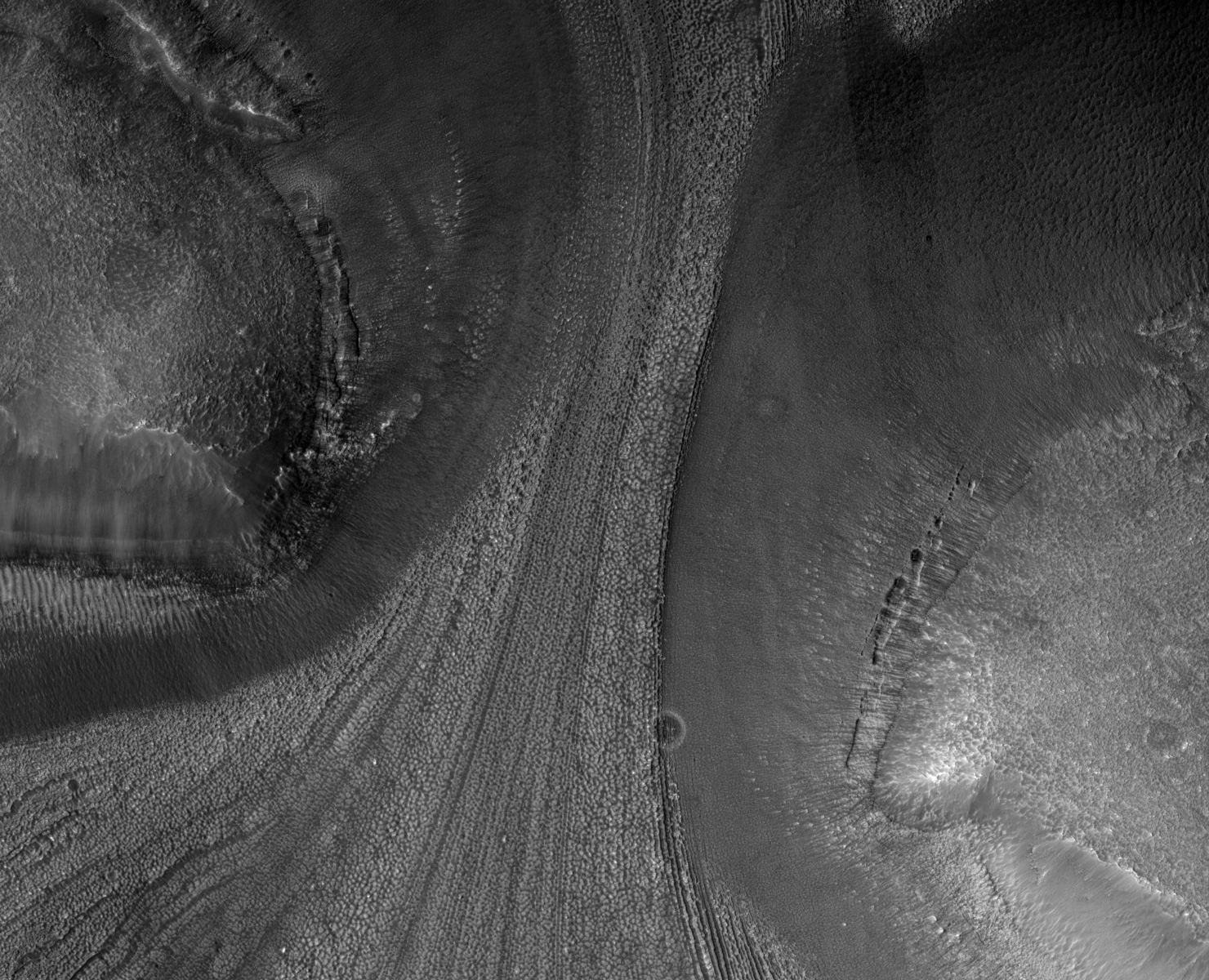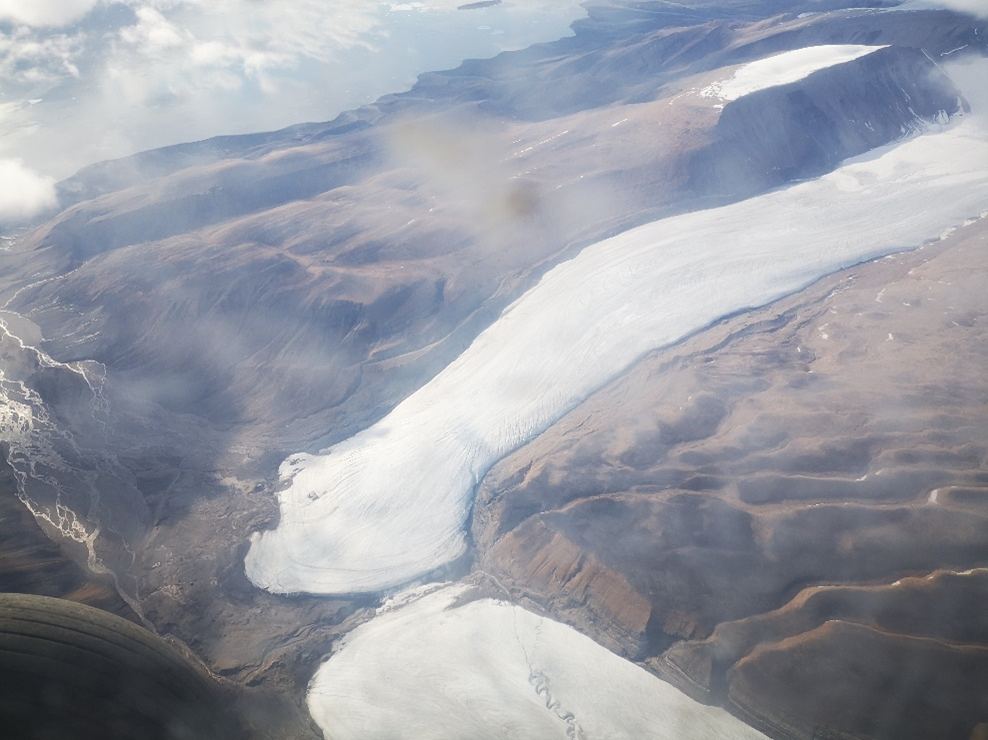It is a scientific certainty that Mars was once a much different place, with a denser atmosphere, warmer temperatures, and where water once flowed. Evidence of this past is preserved in countless surface features, ranging from river channels and alluvial deposits to lakebeds. However, roughly 4 billion years ago, the planet began to change into what we see today, an extremely cold and desiccated environment. Between all that, it is possible Mars experienced glacial and interglacial periods, which is evidenced by images like the one taken by the NASA Mars Reconnaissance Orbiter (MRO) shown above.
Continue reading “This Sure Looks Like the Movements of a Glacier Across Ancient Mars”This Sure Looks Like the Movements of a Glacier Across Ancient Mars


